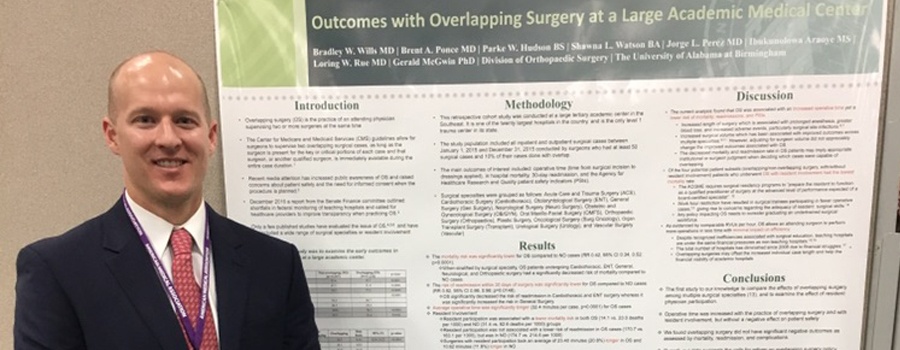Tag: resident
-

STUDY: Does Capping Residency Hours Hamper Physician Training?
When new rules capped training hours for medical residents at 80 hours per week in 2003, critics worried that the change would leave physicians-in-training unprepared for the challenges of independent practice. Now, new research published July 11 in BMJ and led by scientists in the Department of Health Care Policy in the Blavatnik Institute at Harvard…
-

-

REPORT: Nearly Half of Resident Physicians Report Burnout
ROCHESTER, Minn. – Resident physician burnout in the U.S. is widespread, with the highest rates concentrated in certain specialties, according to research from Mayo Clinic, OHSU and collaborators. The findings appear in the Journal of the American Medical Association. Physician burnout is a dangerous mix of exhaustion and depersonalization that contributes to physicians making mistakes while administering…
-

Annual Session Poster Symposium Winner Presents in Hawaii…and Wins!
Dr. Bradley Wills, who originally received first place at the Medical Association’s Second Annual Poster Symposium in April for his poster entitled Outcomes with Overlapping Surgery at a Large Academic Medical Center, presented his research poster at the 2017 AMA Interim Meeting in Honolulu in November and won the Resident-Fellow Section Division for Clinical Medicine.…